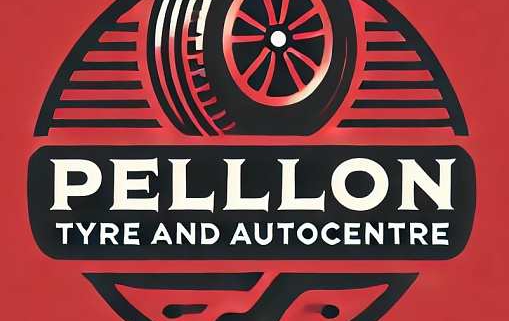UK Tread Depths Looked At
Table of Contents
UK Tread Depths Looked At

UK Tread Depths Looked At
The legal minimum tread depth for cars in the UK is 1.6 mm.
However, waiting until your tyres reach this limit is risky, as a significant amount of tread can be worn down in just one emergency manoeuvre. It’s advisable to replace your tyres once they reach 2 mm, though most experts recommend doing so when the tread depth is at a minimum of 3mm. Your car’s tyre tread should meet the minimum legal depth across three-quarters of the centre of the tyre around its entire circumference.
Adequate tread depth is essential for your tyres to perform properly, especially in wet conditions. The grooves in tyre tread help remove water from the contact patch between your tyres and the road, allowing your car to brake, steer, and accelerate effectively. If your tyres do not meet the legal tread depth, you are at a much higher risk of accidents.
Tests carried out by MIRA have shown that the difference in wet braking distances between tyres with 3mm tread and those with 1.6mm tread can be as much as 44%. Therefore, it’s wise to consider replacing your tyres well before they reach the legal tread limit.
The Importance of Tyre Tread Depth- UK Tread Depths Looked At
Maintaining the proper tread depth on your tyres is not just about complying with the law; it’s about ensuring your safety on the road. Here’s why tread depth matters:
- Improved Traction: Adequate tread depth provides better grip, which is crucial for safe driving, particularly in adverse weather conditions.
- Aquaplaning Prevention: Tread grooves channel water away from the tyre, reducing the risk of aquaplaning.
- Shorter Braking Distances: As the MIRA tests demonstrated, deeper tread significantly shortens braking distances on wet roads.
How to Check Your Tyre Tread Depth- UK Tread Depths Looked At
Regularly checking your tyre tread depth is a simple task that can make a big difference. Here’s how to do it:
- Use a Tread Depth Gauge: This handy tool measures the depth of the tread grooves. Insert the gauge into the groove to get a reading.
- The 20p Test: Place a 20p coin into the main tread grooves of the tyre. If the outer band of the coin is visible, your tread depth may be less than 1.6 mm, and it’s time to replace the tyre.
- Check Multiple Points: Measure the tread depth at several points around the circumference of the tyre to ensure even wear.
Local Interest: Tyre Safety in Halifax- UK Tread Depths Looked At
In Halifax and the wider Yorkshire area, the weather can be particularly changeable, making tyre safety even more critical. Regularly checking and maintaining your tyres can help you navigate the wet and often slippery roads common in this region. Whether you’re driving through the town centre or taking a scenic route through the Yorkshire Dales, ensuring your tyres are in good condition is vital for safe travel.
In conclusion, maintaining the correct tyre tread depth is crucial for your safety and the safety of others on the road. Regular checks and timely replacements can prevent accidents and ensure your vehicle performs optimally in all conditions. Don’t wait until your tyres are on the verge of being illegal—take action early and drive with confidence.
Eric Roberts has taken the step of becoming a member of the prestiouse Tyresafe Organisation. In his quest to educate the public into more tyre saafety. Education is the key especially for young drivers. Young drivers are the ones that give more support to part worn tyre venders.
